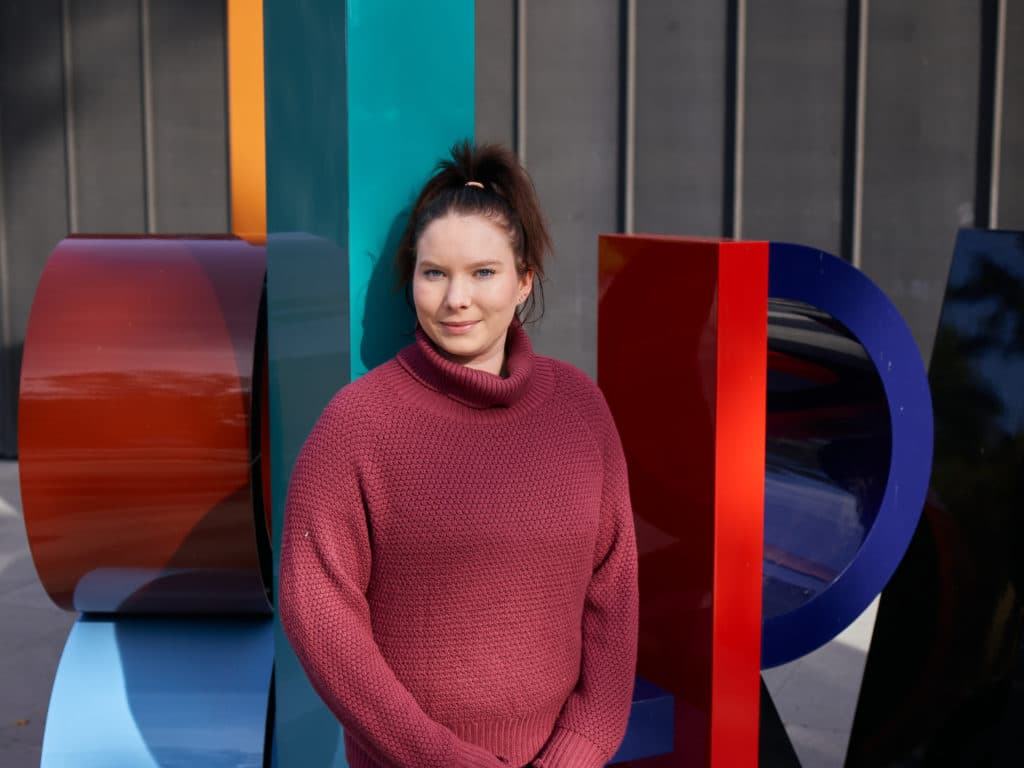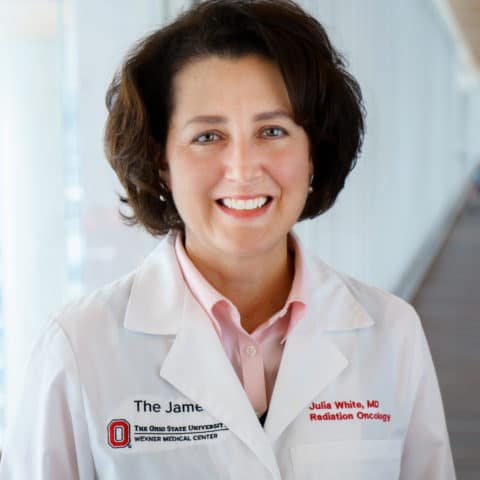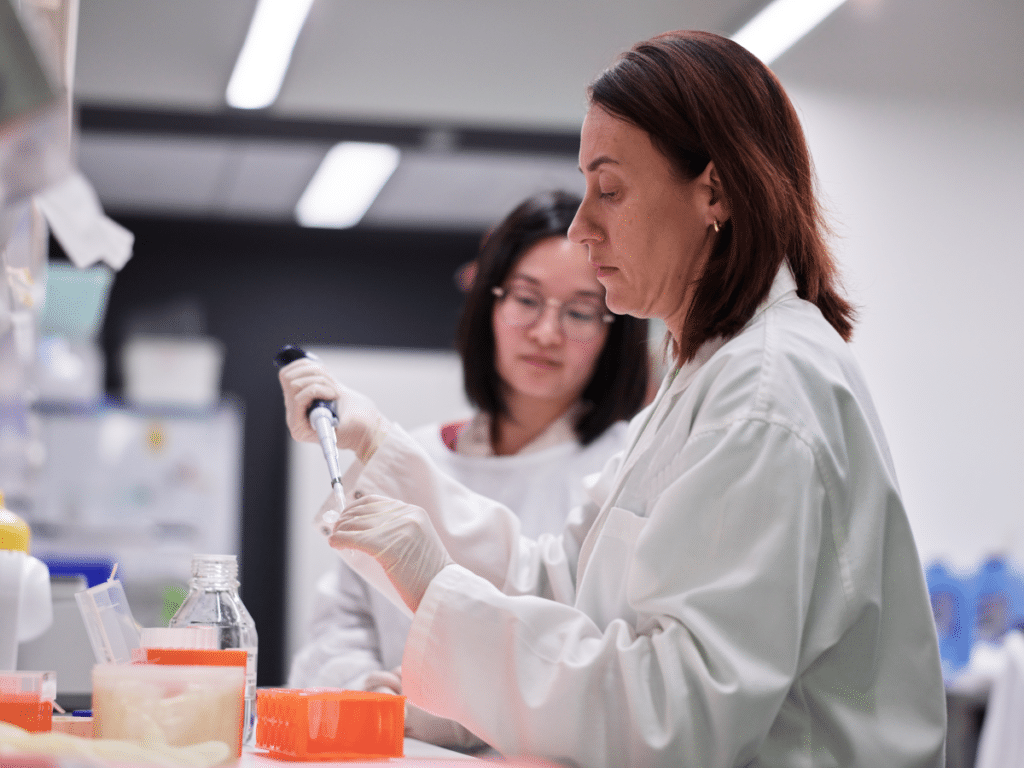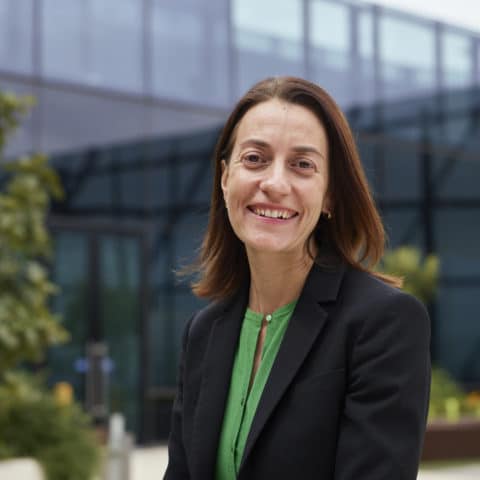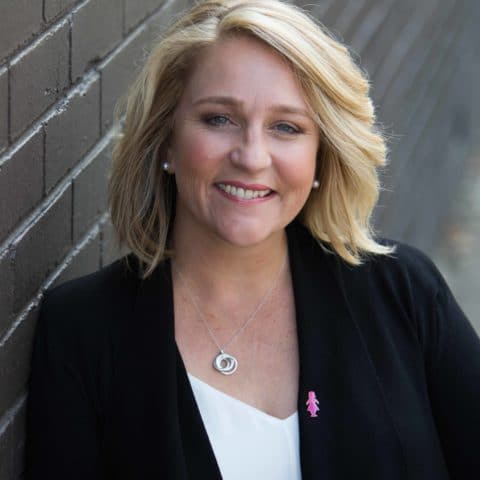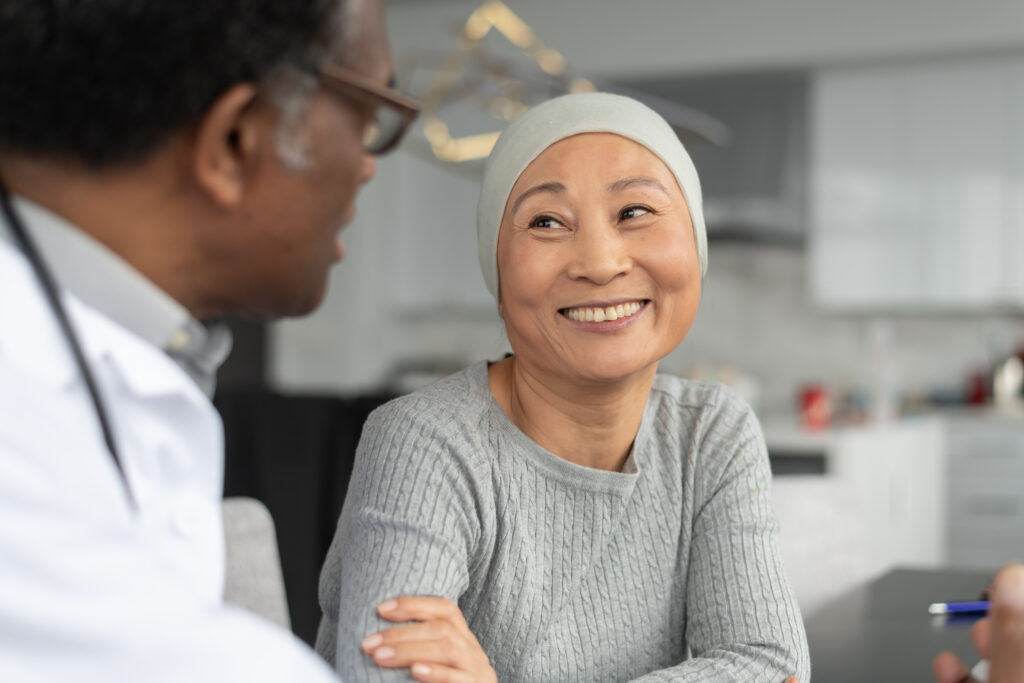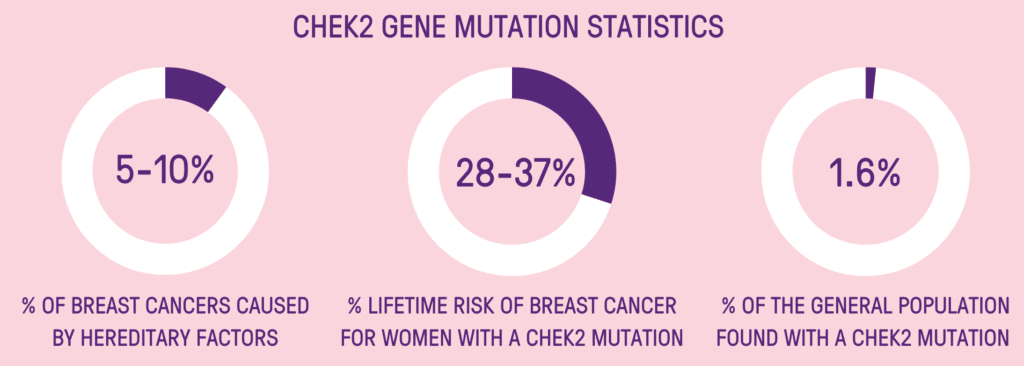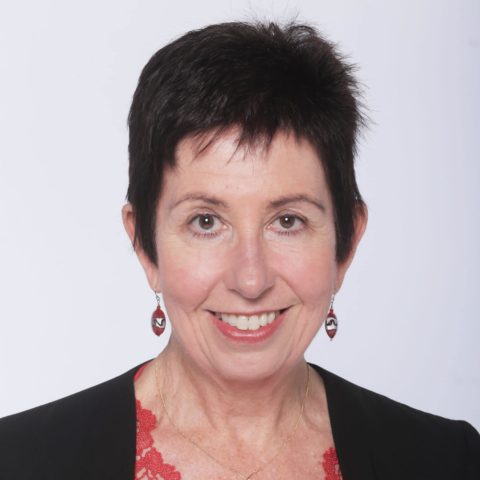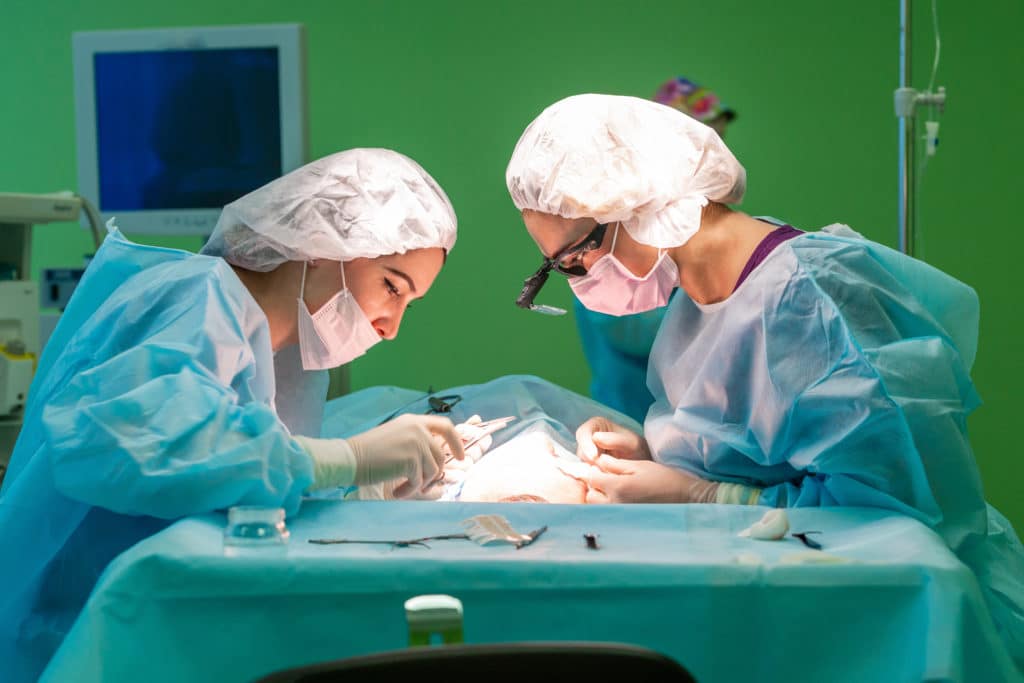Sam’s Experience With The BRCA1 Gene Mutation
Samantha was 21 years old when she found out she had the BRCA1 gene mutation. This means she has a 70% risk of developing breast cancer and a 40% risk of developing ovarian cancer.
She inherited this genetic mutation from her mother, who was diagnosed with breast cancer when Samantha was 12 years old.
“I watched her go through treatment, but because I was so young, I didn’t really understand what was going on,” said Samantha.
“I was about 18 when I found out about the genetic mutation and it was when I was about 20 that I fully understood what was going on and started the process of finding out that I had the BRCA1 mutation.”
At 27 years of age, Samantha decided she wanted to be proactive in reducing her risk of developing the disease. As she was getting older, she had become more concerned about her risk.
“At the start, I was okay with it, knowing that there were options for me,” she said when asked about her reaction to discovering she had the BRCA1 gene mutation.
“But a bit into the future, I started to get a bit anxious about every little pain, thinking it could be something a lot worse than it actually was.”
The options for women with a BRCA1 gene mutation are limited, with the most effective being a mastectomy which involves the surgical removal of both healthy breasts.
“It’s quite an invasive surgery,” said Samantha. “And at 27, it’s not something that I wanted to be doing.”
“I don’t feel that, personally, I was mature enough to have such an invasive thing happen to me.”
Listen to the podcast
Listen to our conversation with Sam about her experience on the BRCA-P clinical trial.
The BRCA-P Clinical Trial
Samantha’s genetic counsellor knew she didn’t want to have a surgery while still in her 20’s and instead encouraged her to engage in yearly screening to monitor her breast health.
“I had just gotten a phone call saying that my last MRI screening was clear, and from there she explained, that because surgery was off the cards for me, there was a trial I could go on.”
This was when Samantha was introduced to the BRCA-P clinical trial.
BRCA-P is a world-first prevention clinical trial which has the potential to be a game-changer in the way we manage breast cancer risk, by preventing the disease from developing in women with the BRCA1 gene mutation. It’s testing the effectiveness of a drug called Denosumab which has been shown to switch off the culprit cell that gives rise to breast cancer in women with the BRCA1 gene mutation.
Eligibility is carefully assessed for those interested in participating in the BRCA-P clinical trial and includes the following criteria:
- Women who carry a BRCA1 gene mutation and are aged 25-55 years and unaffected by breast or ovarian cancer – meaning they have never personally been diagnosed with either cancer
- May either be pre- or post-menopausal
- Are not pregnant
- Have not had preventative breast surgery (mastectomy)
- Not taking any breast cancer prevention agents such as Tamoxifen or an Aromatase Inhibitor
After a physical examination and some blood tests, Samantha was told she met this eligibility criteria. After being taken through the consent forms, and a lengthy discussion with her doctor and support system, she decided she would participate.
Participating in the BRCA-P Clinical Trial
The BRCA-P clinical trial is a randomised, double-blind, placebo-controlled study, which means participants and their study doctor, do not know if they are receiving the trial drug Denosumab or a placebo. A placebo is a treatment that looks just like the active medication but has no effect.
Though Samantha had a 50/50 chance of receiving the placebo drug, she said the benefits of participating far outweighed the possibility she may not receive the trial drug.
“I’m not fazed if I’m on the placebo or the actual medication because I am getting that six-monthly check-up, and that is way more than I would be doing if I was not on the trial.”
“You’re getting the screening, you’re getting the support, you’re getting your questions answered, and that was something truly less invasive than a double mastectomy.”
Samantha is now a year into her participation on the trial.
She said her six-month appointments are very easy and her clinical trial team is very supportive of her, answering any question she may have about the clinical trial.
“So, every six months, I get routine blood tests, just to make sure everything’s all clear.”
“I also get a physical exam and a few little (quality of life) questions that they ask, just to make sure everything’s going okay.”
Samantha also receives her injection of the trial drug at this appointment.
“It’s not painful. It’s kind of a non-event,” she said.
“The injection goes into the tummy, which at first was daunting, but you cannot feel it whatsoever.”
“It’s pretty easy, much less painful than a very big surgery, and it’s also less painful than a routine blood test.”
Trial participants are asked to commit to these six-monthly injections for five years, which Samantha was happy to do.
“Five years is pretty minimal compared to life of being BRCA1 positive.”
Why Samantha is Participating in the BRCA-P Clinical Trial
Samantha said she is very open about her participation with her family, friends, and colleagues. She believes that the more people are aware of BRCA gene mutations and their effect on breast and ovarian cancer risk, the better.
“I feel that the more awareness out there that breast cancer is not an older persons disease and younger people are at risk as well, the better.”
“So I do have an open conversation with friends and definitely colleagues about having the BRCA1 gene mutation and how that affects my risk of developing breast cancer in the future.”
Samantha hopes her participation in the BRCA-P clinical trial, and her openness in discussing this participation, will benefit women now and in the future.
“Whether you have breast cancer now or a have an increased risk of getting breast cancer, the more treatments and preventions that are out there give women more options and control over their life, the better.”
Samantha strongly encourages those who are eligible to consider participating in a clinical trial, and for those who cannot, to support research undertaken by Breast Cancer Trials in other ways.
“The more people backing it up and supporting the research and donating, the more women we can help.”
If you are interested in participating in this clinical trial, head to Breastolution or call 1800 777 253 to find out more.
Support Us
Help us to change lives through breast cancer clinical trials research

